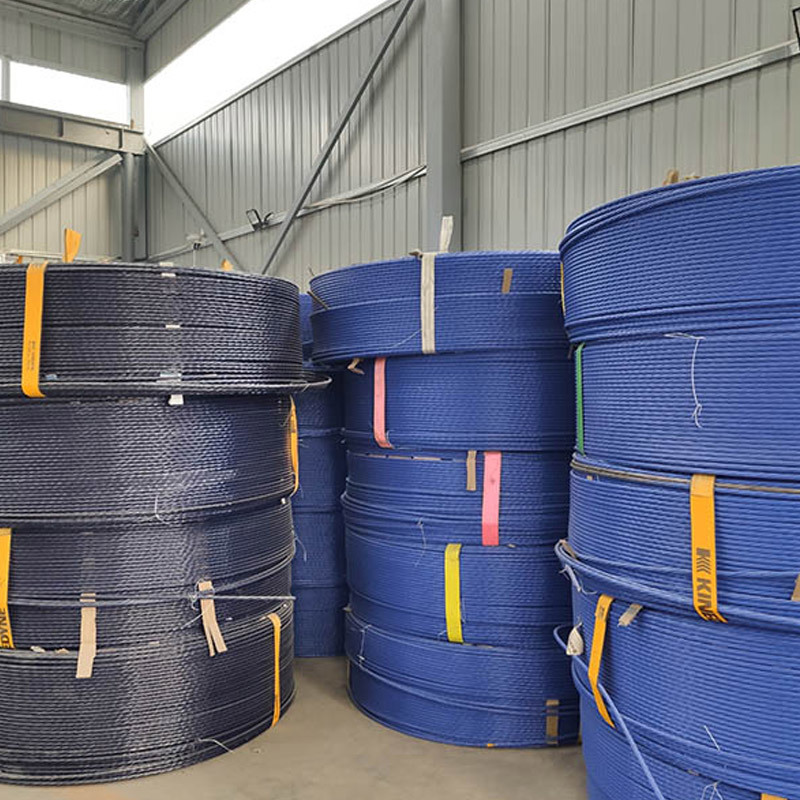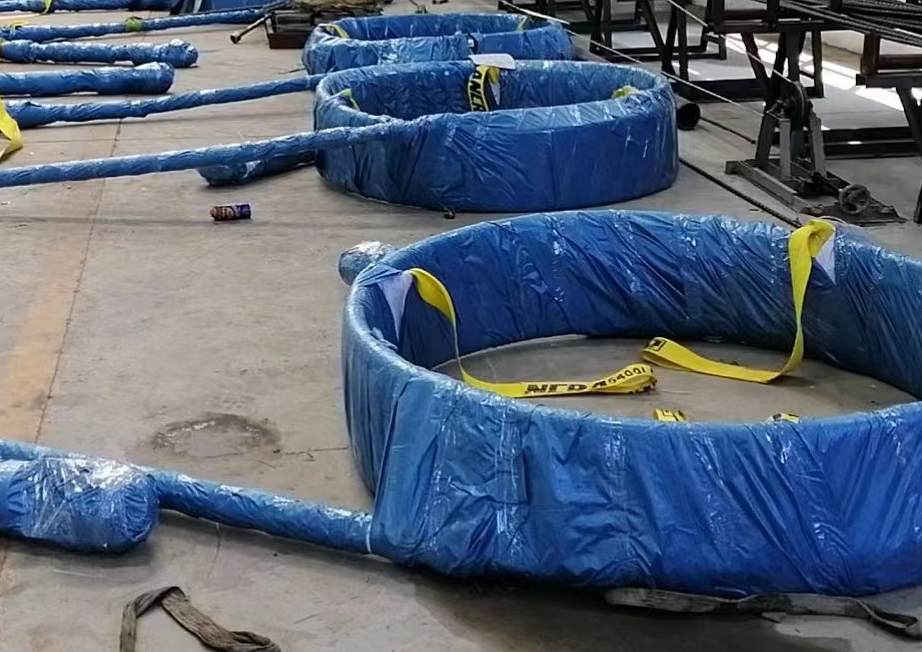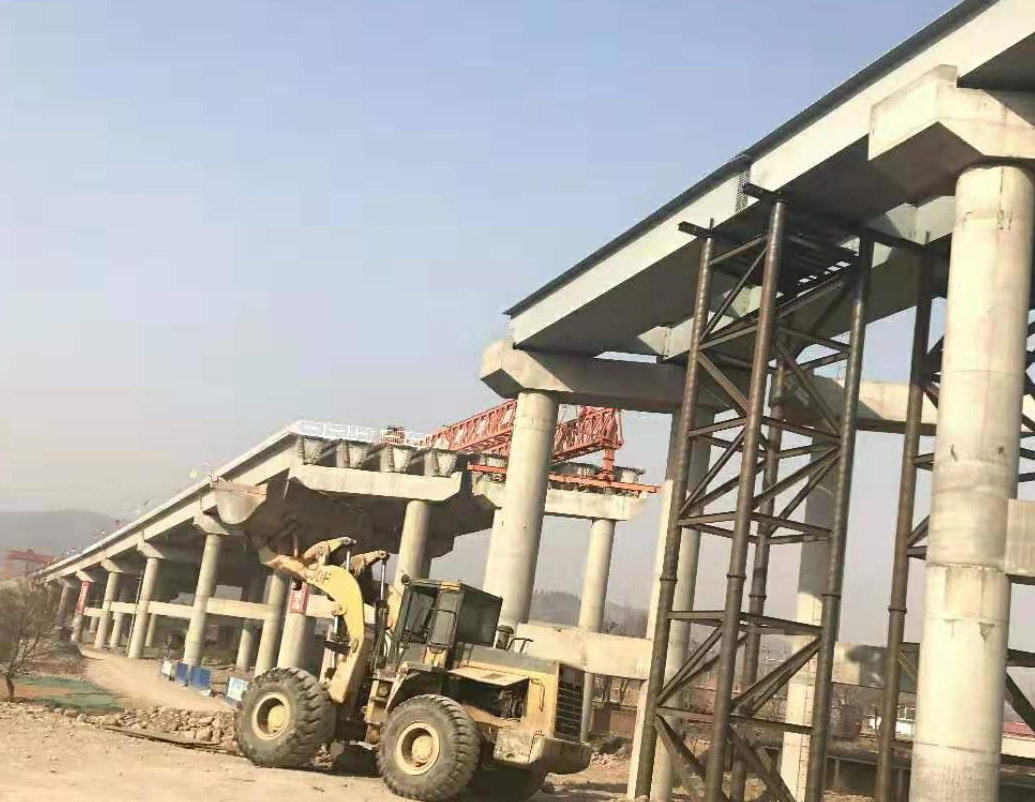What is the performance of parallel steel wire ropes?
Time:
2023-04-25
The surface of parallel steel wire rope is smooth and flat, without cracks, seams, thorns, scars, and rust. The galvanized layer is uniform, with strong adhesion, corrosion resistance, good toughness and elasticity. The tensile strength should be between 900MPA-2200mpa (wire diameter φ 0.2mm - φ 4.4mm). Number of twists( φ 0.5mm) should be bent more than 20 times and repeated more than 13 times.
The thickness of the hot-dip galvanized layer is 250g/m. Greatly improving the corrosion resistance of steel wire, parallel steel wire ropes are mainly used in planting greenhouses, breeding farms, cotton packaging, spring and steel wire rope manufacturing. Suitable for engineering structures with poor environmental conditions such as cable-stayed bridge cables and sewage tanks. The uniformity of the zinc layer affects the corrosion resistance and service life of the product, and should be included in the testing and evaluation standards. The uniformity of the coating can be determined by the uniformity of the coating η Or the average coating thickness H and standard deviation s are used for evaluation. During the hot dip galvanizing process, necessary measures should be taken to improve the uniformity of the galvanized layer.
The quality of the zinc coating can be evaluated by the weight of the zinc coating on the substrate, the adhesion between the zinc coating and the substrate, and the uniformity of the coating. The uniformity of the zinc coating is an important quality indicator of the zinc coating. In general use, corrosion always starts from a thin zinc layer and spreads around, leading to corrosion and wire breakage, which affects the service life. For the weight and adhesion of the coating, each standard has clear regulations and different uniformity. In the 1970s, ISO standards and world standards generally had copper sulfate tests for testing. By the 1980s, ISO standards and standards around the world no longer adopted this method. Although this method is retained in some standards in China, such as GB/T15393-94 "Galvanized Coatings on Steel Wire", which states that it can be carried out as agreed by both parties, most of it is no longer used. However, the old methods for detecting the uniformity of zinc coatings have not yet been established, and there is no unified definition and requirement for uniformity, which has led to some manufacturers not monitoring and testing the uniformity of coatings, affecting the further improvement of product quality
The anchor at both ends of the cable is positioned inside the embedded steel sleeve of the beam and tower, which has a certain degree of concealment, but is often the weak part in the cable structure that is prone to external erosion. In order to ensure the structural performance of the parallel steel wire rope and extend the service life of the bridge, it is essential to inspect the anchoring objects at both ends of the parallel steel wire rope. The specific content of anchor cup and anchor ring inspection is as follows:
Mechanical properties, chemical composition, ultrasonic testing, magnetic particle testing, zinc coating thickness testing, appearance dimensions, and thread size testing. Regarding material testing, compressive strength testing of cold cast anchor fillers and chemical composition testing of anchor covers, parallel wire rope shielding covers, and parallel wire rope sealing covers should also be conducted. If the performance of the cable does not meet the standard, it will inevitably lead to the readjustment of the cable's stress under the action of specific stress, resulting in the failure or even damage of the entire structure. Therefore, the detection of finished parallel steel wire ropes is an important link to ensure the stability of the entire bridge structure. Appearance surface of parallel steel wire rope, sheath thickness, diameter of parallel steel wire rope body, length of parallel steel wire rope, elastic modulus, static load performance, fatigue performance (axial fatigue performance, tensile fatigue performance), water tightness (static water tightness, dynamic water tightness).
keyword:





